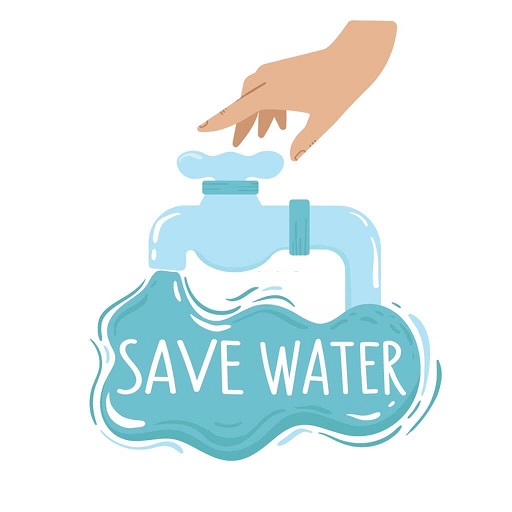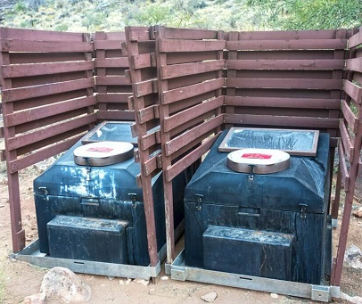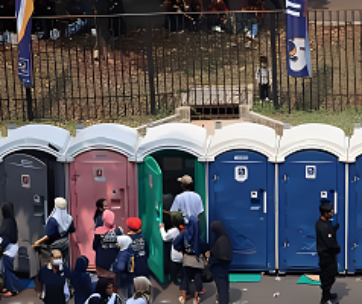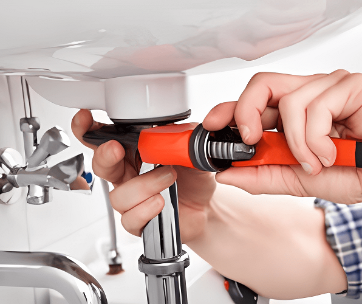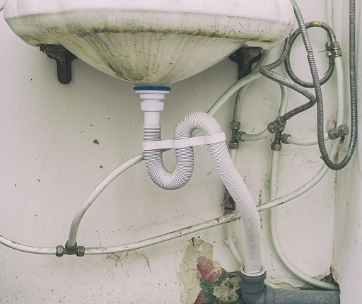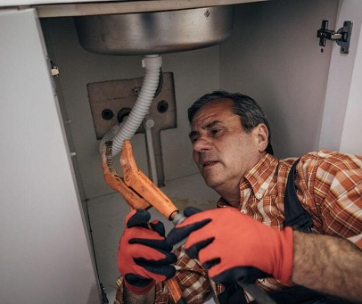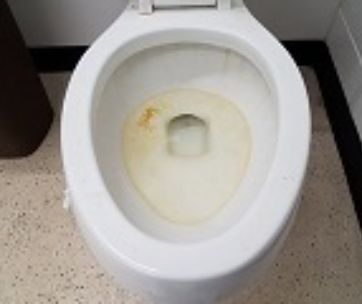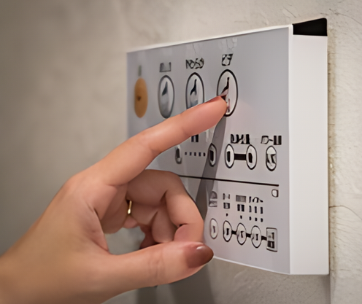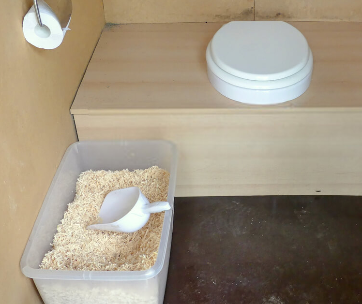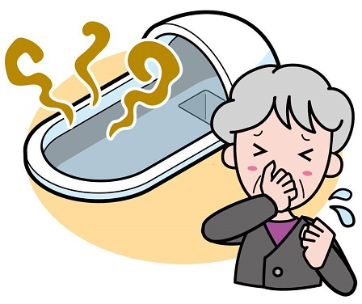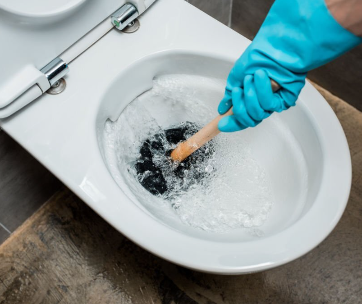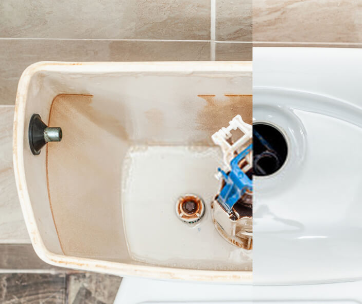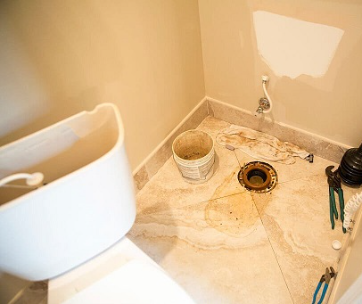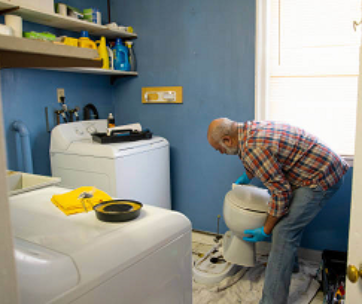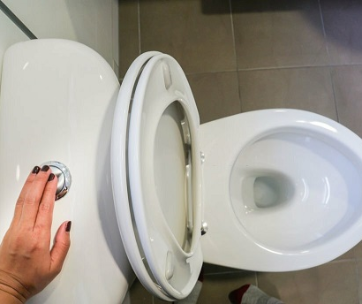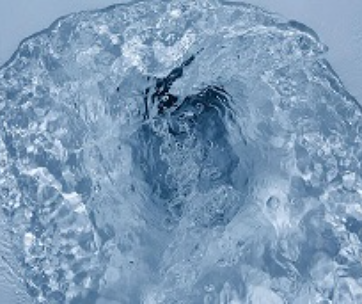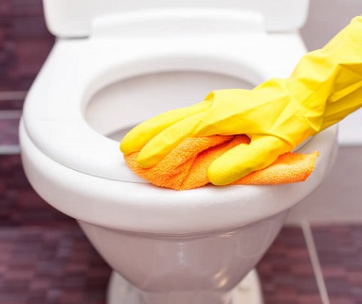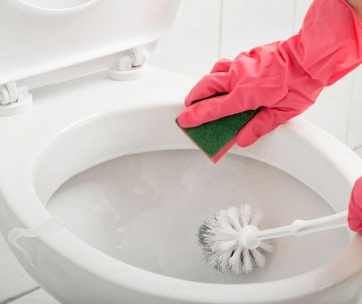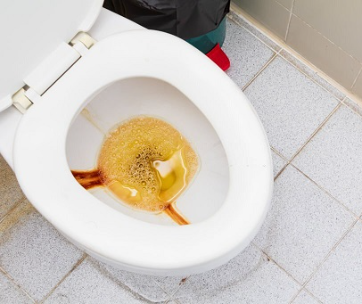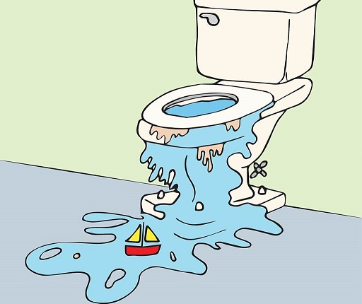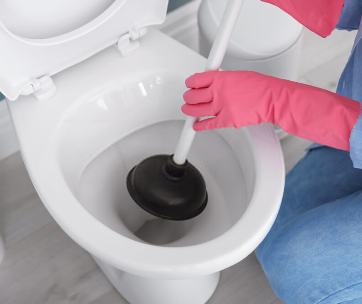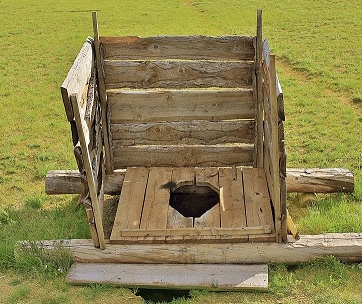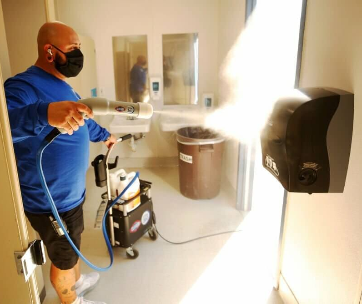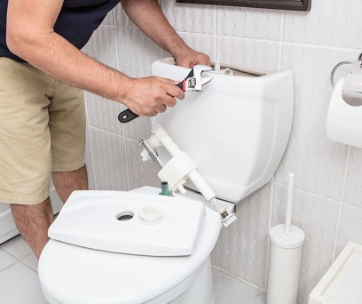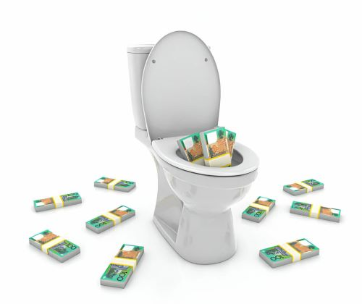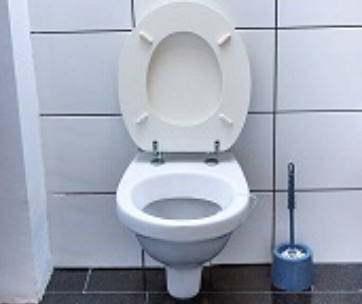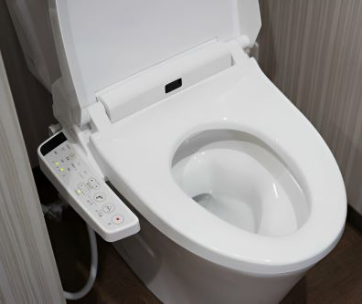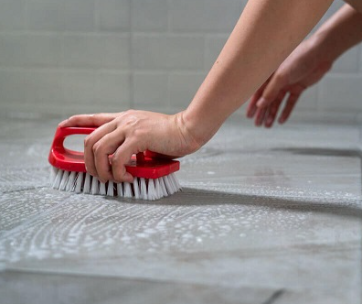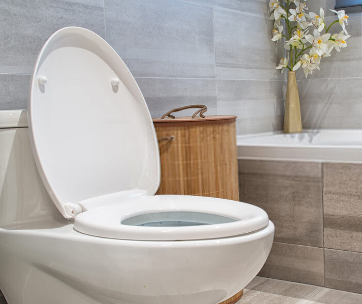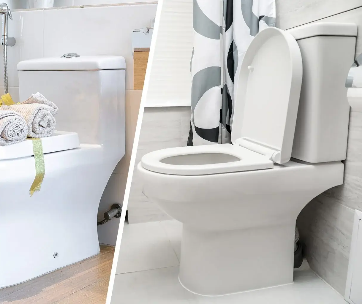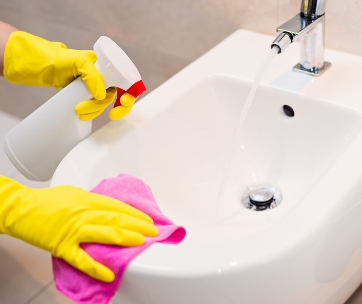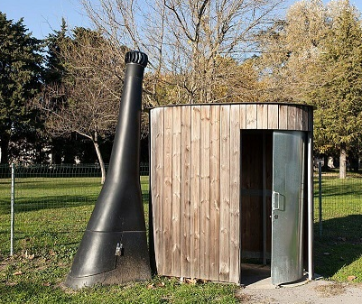In the current world, water conservation is becoming more of a necessity rather than a choice. This can be attributed to the increasing cost of living and the public realizing the benefits of water conservation. That said, some of the benefits of water conservation are that it helps in saving up some amounts of cash by trimming down bills and it also helps to reduce the effects of water shortage in any community.
When beginning the practice of water conservation at home your focus should be on the bathroom. This is because in the average home the bathroom, specifically the toilet, is where most of the in- house water supply is used. The high water usage in toilets is as a result of them being flushed on average 4 to 5 times a day and each flush using approximately 3 to 5 gallons of water. In addition, toilet leakages and toilets being used to dispose of other forms of trash cause the amount of water going down the drain even higher.
In this article, we have highlighted simple yet effective methods to assist you with water conservation in your toilet.
They include;
1.Get a low flush toilet
To cut down your water usage, simply invest in a low flush toilet. Although it might be difficult to let go of your current toilet that is in great working condition, it will end up being worth it in the long run.
How? You might ask.
Well, old model toilets use excess water to flush waste; on average old model toilets use 3- 5 gallons per flush. While new models on the other hand, use just about 1.6 gallons per flush to do the same job. With an average of 4-5 flushes per day, the excess gallons pile up meaning you end up flushing loads of cash.
2.Using a water- filled bottle/ brick
It doesn’t get easier than this. If you do fancy replacing your current toilet, drop a plastic bottle filled with water or a piece of brick in the toilet tank to reduce the amount of water used when flushing. The brick or bottle of water conserves water by reducing the volume of water held at the toilet tank to be used for flushing.
3.Only flush waste
To save on water usage you should flush the toilet only after using it and not dispose of trash like cigarette butts and other bathroom waste. Instead, throw all other forms of waste in the garbage can
4.Check and repair leaks immediately
Toilet leaks can often go unnoticed and cause loads of water to get wasted. Therefore to prevent any amount of water being wasted as a result of leakages always check for leaks and repair them immediately.
Now that you are well informed on how to conserve water in the toilet you need to learn how to calculate your toilet water usage. This is very essential in your water conservation journey as it will enable you to determine your initial and future water usage. Knowing the initial and future water usage is important in gauging the progress once you adopt any of the water conservation methods.
To calculate toilet water usage:
1.Simply check the flush volume
Depending on the toilet model you have, you can find the flush volume indicated at the seat hinge or underside of the tank lid. Most new toilets have 1.6 gpf (gallons per flush or 6.0 lpf (liters per flush). However, if it is not present on both locations you should check for the manufacturing date stamped on the back wall of the tank. Once you have the date check online for charts showing how much water your toilet is likely to use
But since not all toilet models are marked with a flush volume or manufacturing date you should proceed to;
2.Find toilet tank capacity
Before you begin with this method ensure there are no added features such as bottles or bricks to the toilet tank. Once that’s done;
- Carefully turn off water supply valve to the toilet.
- Lift the toilet tank lid and check for a factory set water line in the tank. If it is not present, mark the water level with a pencil.
- Flush to empty the toilet tank.
- Using a gallon container refill the toilet tank up to the water line or the mark you set with the pencil. Then indicate the amount it takes to fill the tank.
- To get the total gallons per flush used in your toilet now add ½ a gallon to the tank to represent the amount of water normally used to fill the toilet bowl when the toilet tank is still filling up.
- Finally remember to reopen the water supply valve.
3.Use water meter
Regardless of whether you have a manual or digital meter, checking the meter reading before and after flushing the toilet will give you the gallons per flush of your toilet.
To use this method first off make sure all components using water in the property are turned off, and then proceed to find the water meter. The water meter is often found near the curb at the front of the property
If your house has an old school manual meter;
- Open the meter box lid to read the meter( position of the red dial hand)
- Get back to the house and flush the toilet
- Once the flush cycle is complete go back to read the meter. With each full rotation of the dial hand equaling 7.5 gallons, it means; a movement of less than ¼ equals 1.6 gallons per flush, a movement of about ½ equals 3.5 gallons and a movement of around ¾ equals 5.0 gallons.
- Based on the final reading approximate the amount used.
But if your house has the modern digital meter;
- Read the last two digits on the right after the decimal point.
- Proceed to flush the toilet.
- Check the meter reading.
- Now subtract the first meter reading from the final meter reading and then multiply the result by 7.5 to get gallons per flush.
4.Calculate the tank’s volume
Last but not least, to find the flush volume calculate the tank’s volume. For this you will need a tape measure and calculator;
- For starters place the tape measure straight down the center of the toilet tank and note the measurement.
- With the tape measure still in place, flush the toilet and note down the lowest water level before the tank starts to refill.
- Subtract the lowest water level from the initial water level to find the height.
- Then measure the length and width of the top of the tank.
- Multiply the length by the width and height to find the flush volume in cubic inches.
- Finally, divide the flush volume in cubic inches by 231 to find the flush volume in gallons.
Conclusion
Fresh water is a finite resource under threat from overpopulation, overdevelopment, global warming ,and many other reasons. The simple practice of using water efficiently to reduce unnecessary water usage goes a long way in ensuring future generations do not run out of fresh water sources. With that in mind, we hope this article guides you enough on how to go about conserving water in your toilet and also calculating your toilet’s water usage easily.

